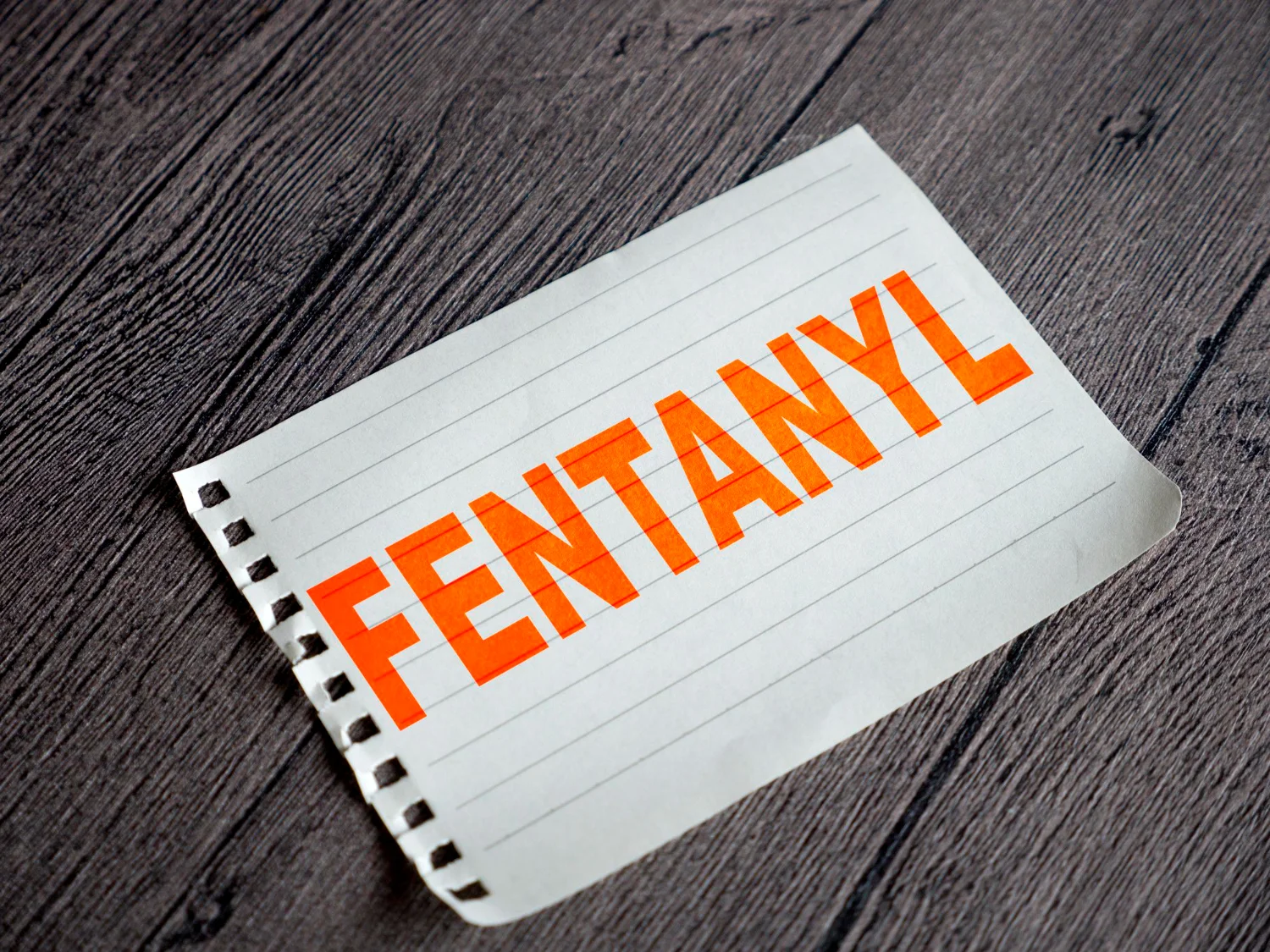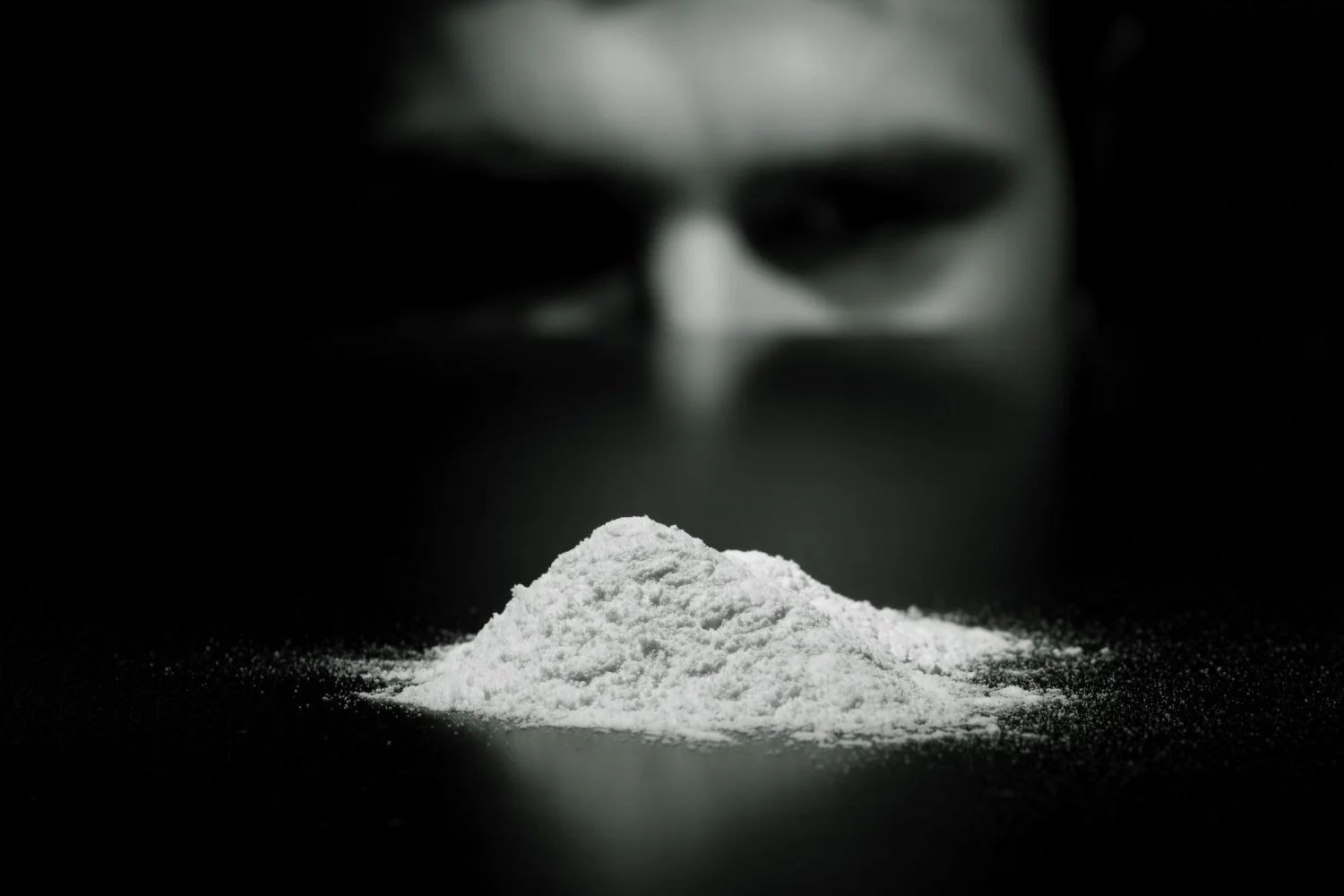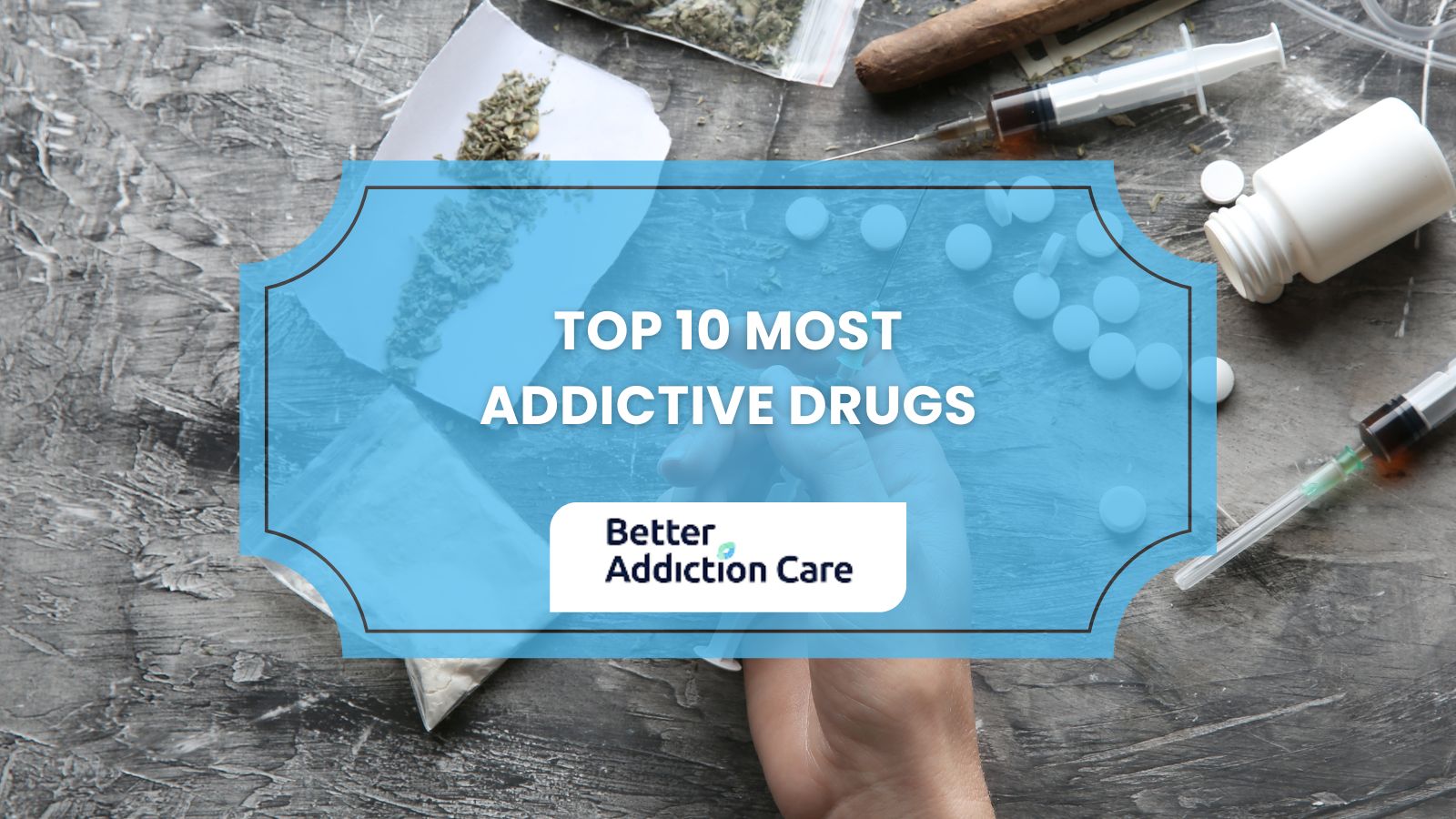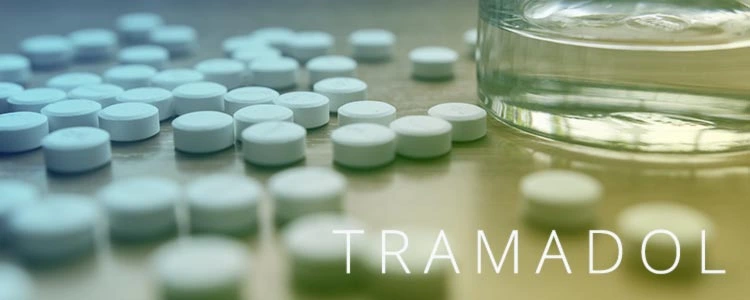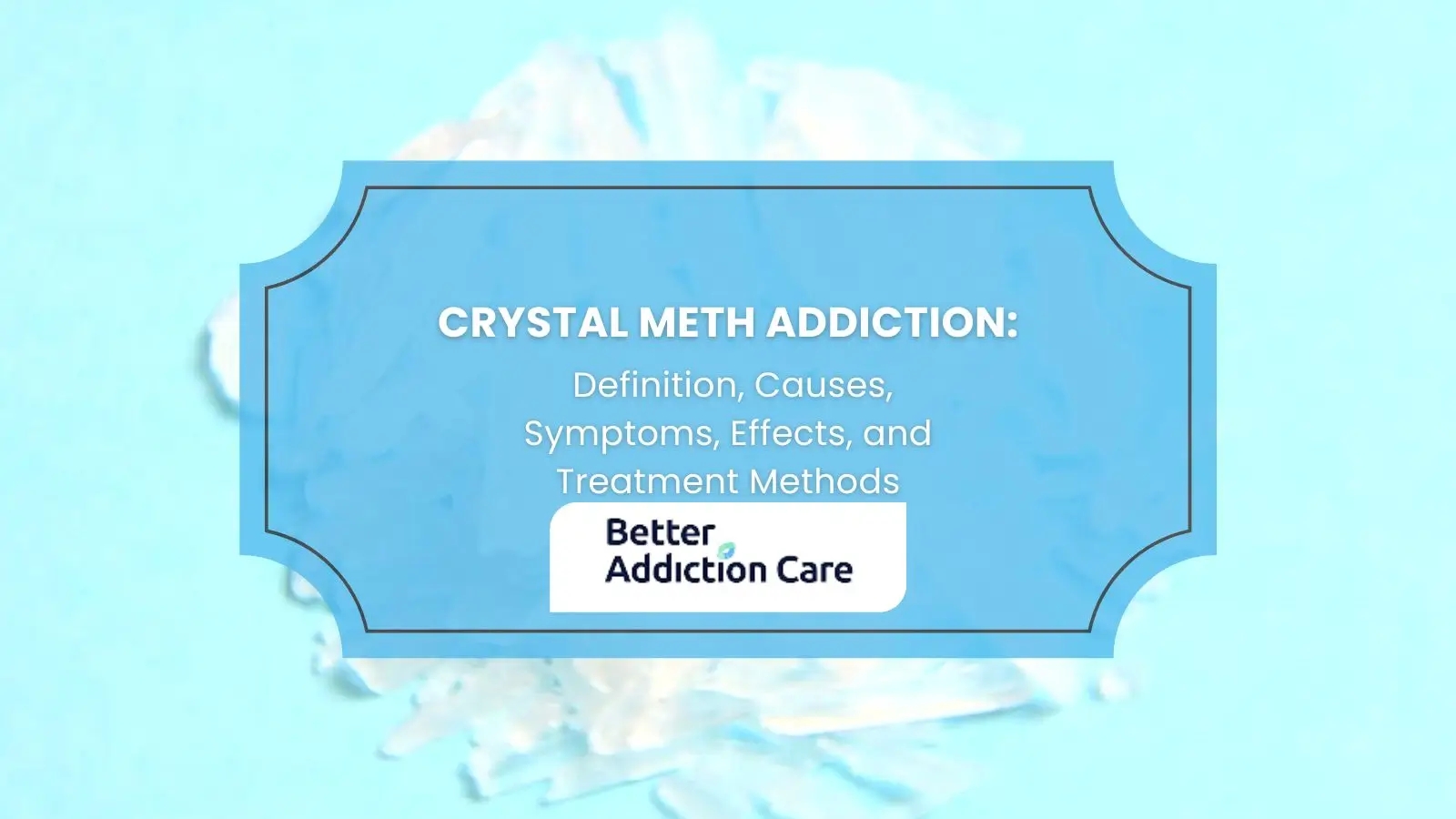Opioid Use Disorder: Types, Symptoms, Effects, Diagnosis, and Treatment
Opioid use disorder (OUD), or opioid addiction, is the problematic pattern of opioid use leading to major issues and psychological distress in lives. Opioid use disorder usually begins with prescribed opioid medications or illicit drugs, such as heroin.
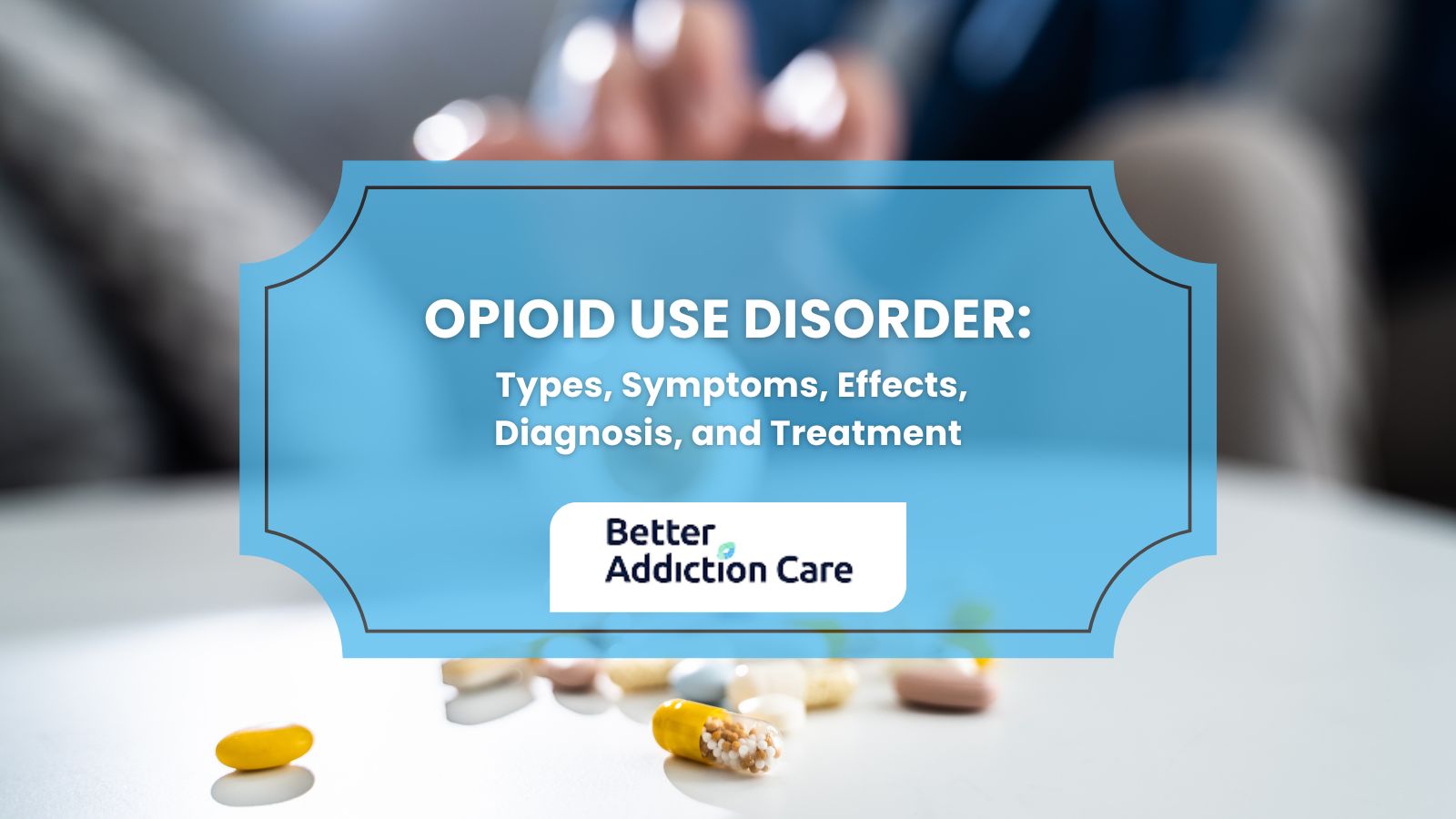
Opioid use disorder (OUD), or opioid addiction, is the problematic pattern of opioid use leading to major issues and psychological distress in lives. Opioid use disorder usually begins with prescribed opioid medications or illicit drugs, such as heroin.
The main types of opioid use disorder and opioid addiction are heroin addiction, oxycodone addiction, morphine addiction, codeine addiction, fentanyl addiction, methadone addiction, oxymorphone addiction, and tramadol addiction.
The main symptoms of opioid use disorder include drowsiness, weight loss, constricted pupils, intense cravings, neglect of responsibilities, and social withdrawal. Opioid use disorder is mainly caused by long-term opioid use and genetic and environmental factors.
Some side effects of opioid use disorder are respiratory issues, organ damage, emotional trauma, relationship problems, and the risk of overdose and death. Treatment options include medication-assisted therapy (MAT), such as methadone or buprenorphine, cognitive behavioral therapy (CBT), inpatient or outpatient programs, and support groups.
What are Opioids?
Opioids are a class of drugs that interact with opioid receptors in the brain to relieve pain and produce feelings of euphoria. Opioids are divided into two main categories, including prescription opioids and illegal opioids.
Prescription opioids, such as oxycodone, hydrocodone, and morphine, are commonly prescribed by doctors for managing moderate to severe pain after surgeries or injuries. Despite being effective for pain relief, they carry a high risk of addiction and misuse if abused.
On the other hand, opioids like heroin are illegal and unregulated. They are used for recreational purposes and come with even greater health risks, including overdose and death. Heroin is derived from morphine and is more dangerous because of its potency and the unknown substances it’s mixed with.
What is Opioid Use Disorder?
Opioid use disorder (OUD), or opioid addiction, is a medical condition that refers to the compulsive use of opioids despite bearing their negative effects. The National Library of Medicine defines OUD as the chronic use of opioids, leading to major stress and cognitive impairment.
The Diagnostic and Statistical Manual of Mental Disorders (DSM-5) defines OUD as a chronic relapsing disorder, diagnosed when an individual experiences at least two of 11 specific symptoms over 12 months. These symptoms include cravings, increased tolerance, unsuccessful attempts to quit, and continued use despite negative personal and social problems.
It’s important to understand that opioid addiction and physical dependence are different. Physical dependence is the body’s adaptation to opioids that results in withdrawal symptoms when individuals stop taking the drug. On the other hand, opioid addiction portrays the signature drug-seeking behavior. It involves strong psychological cravings even when opioids are no longer needed for pain relief.
How Common is Opioid Use Disorder?
Opioid use disorder is very common because almost 7.6 million adults in the US are living with the addiction, according to Katherine M. Keyes, Caroline Rutherford, and Ava Hamilton in their research.
In 2019, 70,630 people in the United States died from drug overdoses, with synthetic opioids involved in nearly half of these cases, according to the World Health Organization. Between 2013 and 2019, the death rate from synthetic opioids rose by 1,040 %. This trend worsened during the COVID-19 pandemic, as overdose deaths with synthetic opioids increased even further.
What are the Types of Opioid Use Disorder?
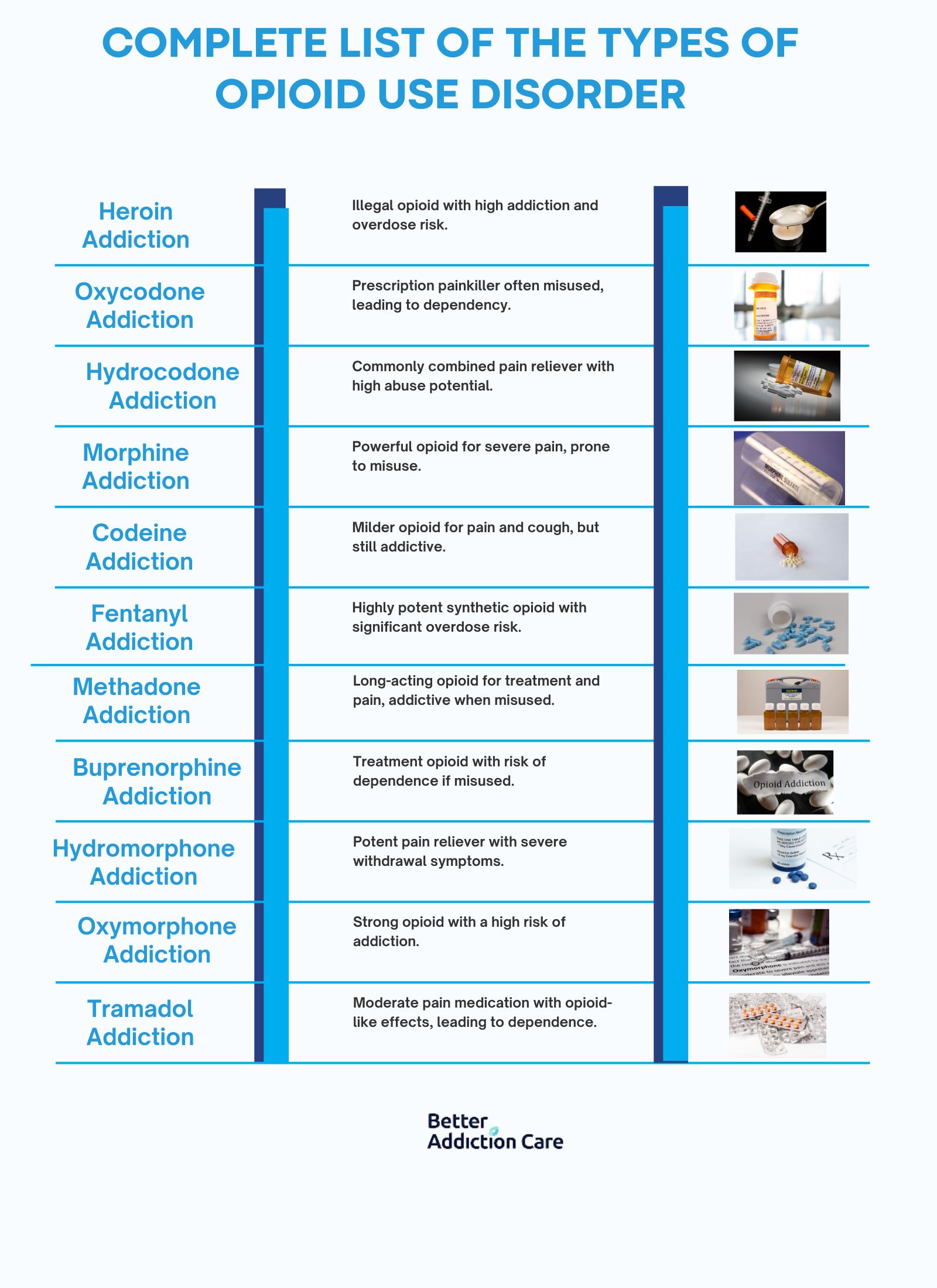
The most common types of opioid use disorder include Heroin addiction, Oxycodone addiction, Hydrocodone addiction, Morphine addiction, Codeine addiction, Methadone addiction, Tramadol addiction, U-47700 addiction, Carfentanil addiction, Lean addiction, Dilaudid addiction and Vicodin addiction.
The complete list of the types of opioid use disorder is below.
Heroin Addiction
Heroin addiction involves the compulsive use of heroin, an illegal opioid that causes intense euphoria and has a high potential for addiction and overdose. Symptoms of heroin addiction include constricted pupils, slowed breathing, drowsiness, and withdrawal symptoms such as muscle aches and anxiety. Treatment options for heroin addiction include medication-assisted treatment (MAT) with methadone or buprenorphine, behavioral therapies, and support groups.
Oxycodone Addiction
Oxycodone addiction is the misuse of oxycodone, a prescription opioid often prescribed for pain relief. It leads to dependency and withdrawal symptoms when misused. Symptoms of oxycodone addiction may include increased tolerance, neglecting responsibilities, and experiencing withdrawal symptoms like anxiety and sweating. Treatment options for oxycodone addiction involve detoxification, counseling, and medications such as naltrexone or buprenorphine to manage cravings.
Hydrocodone Addiction
Hydrocodone addiction is the abuse of hydrocodone, another prescription pain reliever commonly found in combination with other medications. Symptoms of hydrocodone addiction include taking higher doses than prescribed, social withdrawal, and physical dependence. Treatment options for hydrocodone addiction include inpatient rehabilitation, cognitive-behavioral therapy (CBT), and gradual tapering off the drug under medical supervision.
Morphine Addiction
Morphine addiction refers to the problematic use of morphine, a powerful prescription opioid used for severe pain management. Symptoms of morphine addiction include euphoria, drowsiness, constipation, and withdrawal symptoms like agitation and insomnia. Treatment options for morphine addiction include MAT, individual therapy, and participation in recovery programs to address the underlying causes of addiction.
Codeine Addiction
Codeine addiction is the misuse of codeine, a less potent opioid often prescribed for mild to moderate pain and cough. Symptoms of codeine addiction include frequent use, mood swings, and withdrawal symptoms like runny nose and muscle aches. Treatment options for codeine addiction include detox programs, counseling, and medications like clonidine to ease withdrawal symptoms.
Fentanyl Addiction
Fentanyl addiction involves the persistent use of this highly potent synthetic opioid, which is often illegally manufactured and extremely dangerous. Symptoms of fentanyl addiction include extreme drowsiness, confusion, and a high risk of overdose due to its potency. Treatment options for fentanyl addiction include emergency overdose reversal with naloxone, long-term MAT, and intensive outpatient programs.
Methadone Addiction
Methadone is a long-acting opioid used in addiction treatment and pain management, which leads to dependence when misused. Symptoms of methadone addiction include sedation, slowed breathing, and withdrawal symptoms like nausea and muscle cramps. Treatment options for methadone addiction involve supervised tapering, counseling, and transitioning to alternative medications like buprenorphine.
Buprenorphine Addiction
Buprenorphine is a partial opioid used in treatment for opioid dependence that still leads to addiction if not managed correctly. Symptoms of buprenorphine addiction include cravings, drowsiness, and withdrawal symptoms like irritability and insomnia. Treatment options for buprenorphine addiction include behavioral therapy, support groups, and supervised medication management.
Hydromorphone Addiction
Hydromorphone is a potent prescription opioid used for severe pain relief but results in addiction and severe withdrawal symptoms if used for long. Symptoms of hydromorphone addiction include euphoria, constipation, and severe withdrawal symptoms like sweating and tremors. Treatment options for hydromorphone addiction include medically supervised detox, MAT, and long-term counseling.
Oxymorphone Addiction
Oxymorphone is a strong prescription opioid that gives an intense high and comes with great risk for addiction. Symptoms of oxymorphone addiction include increased tolerance, social isolation, and withdrawal symptoms like anxiety and muscle pain. Treatment options for oxymorphone addiction include inpatient rehab, MAT, and holistic therapies like mindfulness and yoga.
Tramadol Addiction
Tramadol is a prescription medication for moderate pain that has opioid-like effects and leads to dependence and addiction. Symptoms of tramadol addiction include dependence, seizures, and withdrawal symptoms like insomnia and agitation. Treatment options for tramadol addiction include gradual tapering, counseling, and medications to manage withdrawal symptoms.
U-47700 Addiction
U-47700 addiction involves the use of this synthetic opioid, which is highly potent and often illegally manufactured, posing significant risks. Symptoms of U-47700 addiction include extreme sedation, respiratory depression, and a high risk of overdose. Treatment options for U-47700 addiction include emergency medical intervention, MAT, and long-term behavioral therapy.
Carfentanil Addiction
Carfentanil addiction is the misuse of this extremely potent synthetic opioid, which is intended for veterinary use but is dangerously abused by humans. Symptoms of carfentanil addiction include severe respiratory depression, confusion, and a high likelihood of fatal overdose. Treatment options for carfentanil addiction include immediate overdose reversal with naloxone, inpatient detox, and ongoing MAT.
Lean Addiction
Lean addiction refers to the misuse of a concoction containing prescription-strength cough syrup with codeine, often mixed with soda and candy. Symptoms of lean addiction include drowsiness, slowed breathing, and withdrawal symptoms like restlessness and nausea. Treatment options for lean addiction include detox programs, counseling, and addressing the underlying reasons for substance abuse.
Dilaudid Addiction
Dilaudid addiction is the compulsive use of this potent prescription opioid, which is prescribed for severe pain but can lead to dependency. Symptoms of Dilaudid addiction include euphoria, constipation, and withdrawal symptoms like sweating and muscle aches. Treatment options for Dilaudid addiction include MAT, behavioral therapy, and participation in recovery support groups.
Vicodin Addiction
Vicodin addiction arises from the misuse of this combination medication containing hydrocodone and acetaminophen, often prescribed for pain relief. Symptoms of Vicodin addiction include increased tolerance, liver damage (from acetaminophen), and withdrawal symptoms like anxiety and insomnia. Treatment options for Vicodin addiction include medically supervised detox, counseling, and medications to manage cravings and withdrawal.
What are the Signs & Symptoms of Opioid Use Disorder?
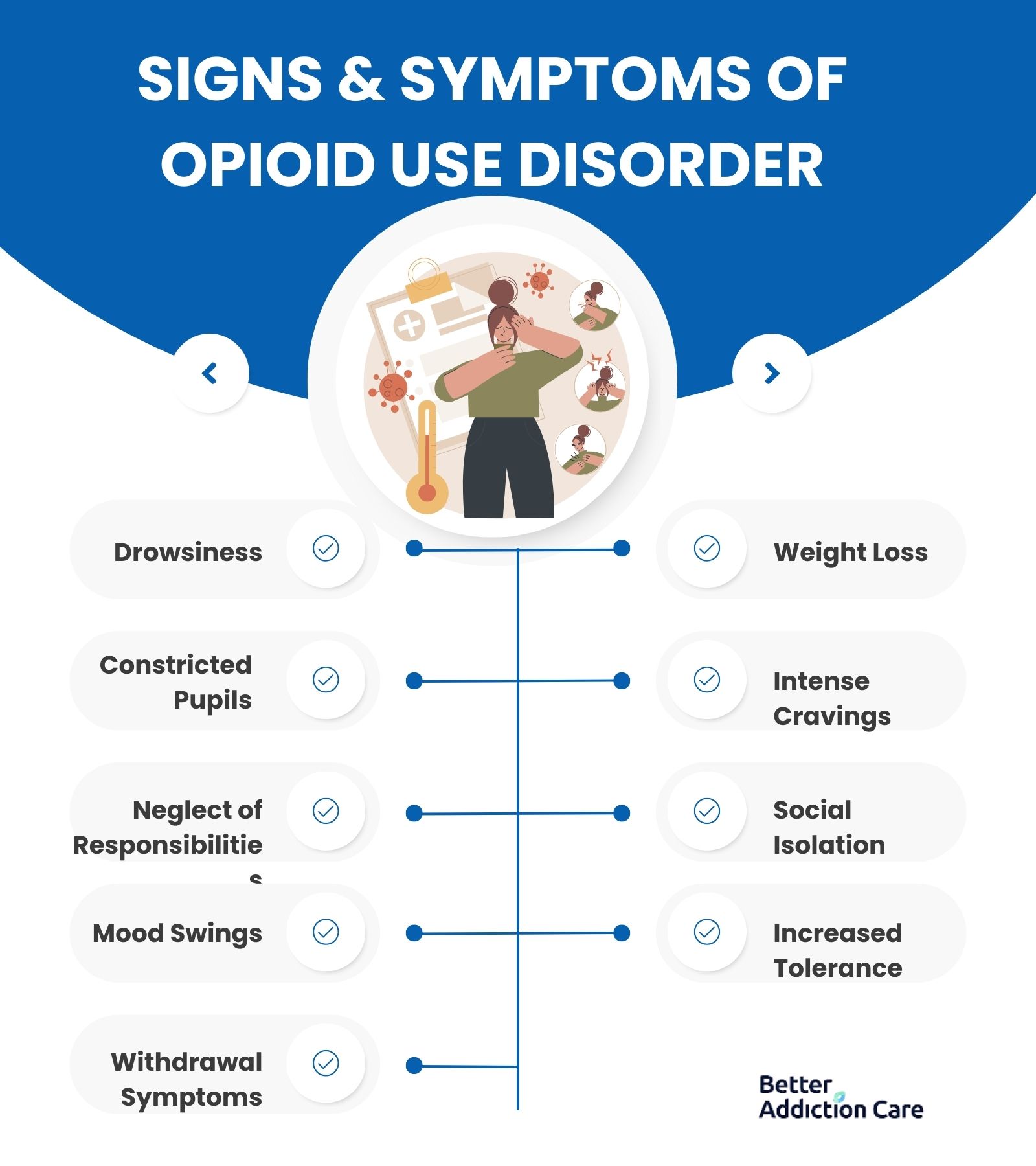
The signs and symptoms of opioid use disorder include drowsiness, weight loss, constricted pupils, intense cravings, neglect of responsibilities, social isolation, mood swings, and increased tolerance.
These opioid use disorder symptoms are explained below.
-
Drowsiness: Drowsiness refers to constant sleepiness or lethargy that makes it difficult to stay awake or alert. These sedative effects and sleep disturbances are one of the main symptoms of opioid use disorder, according to the National Institutes of Health.
-
Weight Loss: OUD leads to significant and unexplained weight loss due to decreased appetite and poor nutrition, according to Melody N Chavez and Khary K Rigg in their research “Nutritional implications of opioid use disorder: A guide for drug treatment providers.”
-
Constricted Pupils: Constricted pupils (miosis), is a condition that makes pupils abnormally small. Constricted pupils are one of the most common physical signs of opioid consumption, according to research published in the National Library of Medicine.
-
Intense Cravings: Intense cravings refer to powerful and overwhelming urges to consume opioids. These urges make it challenging to resist the desire despite making efforts to quit opioid use.
-
Neglect of Responsibilities: People with opioid use disorder fail to fulfill daily obligations and responsibilities, whether it’s work, academics, or personal life. This is because opioid use becomes their top-most priority compared to other duties.
-
Social Isolation: Social isolation means pulling away from family, friends, and social activities. Individuals isolate themselves to hide opioid use or due to changes in behavior and interests, according to the research “Social isolation, residential stability, and opioid use disorder.”
-
Mood Swings: Individuals with OUD experience sudden and extreme changes in mood, including irritability, depression, and anxiety, especially when they are not getting the drug.
-
Increased Tolerance: People with OUD build a tolerance towards the drug, and need to take higher doses of opioids to achieve the trip or high they want. Increased tolerance happens because the body gets used to the normal doses of the drug.
-
Withdrawal Symptoms: Individuals with OUD experience physical and psychological symptoms such as nausea, headaches, vomiting, and muscle aches when not using opioids.
What Causes Opioid Use Disorder?
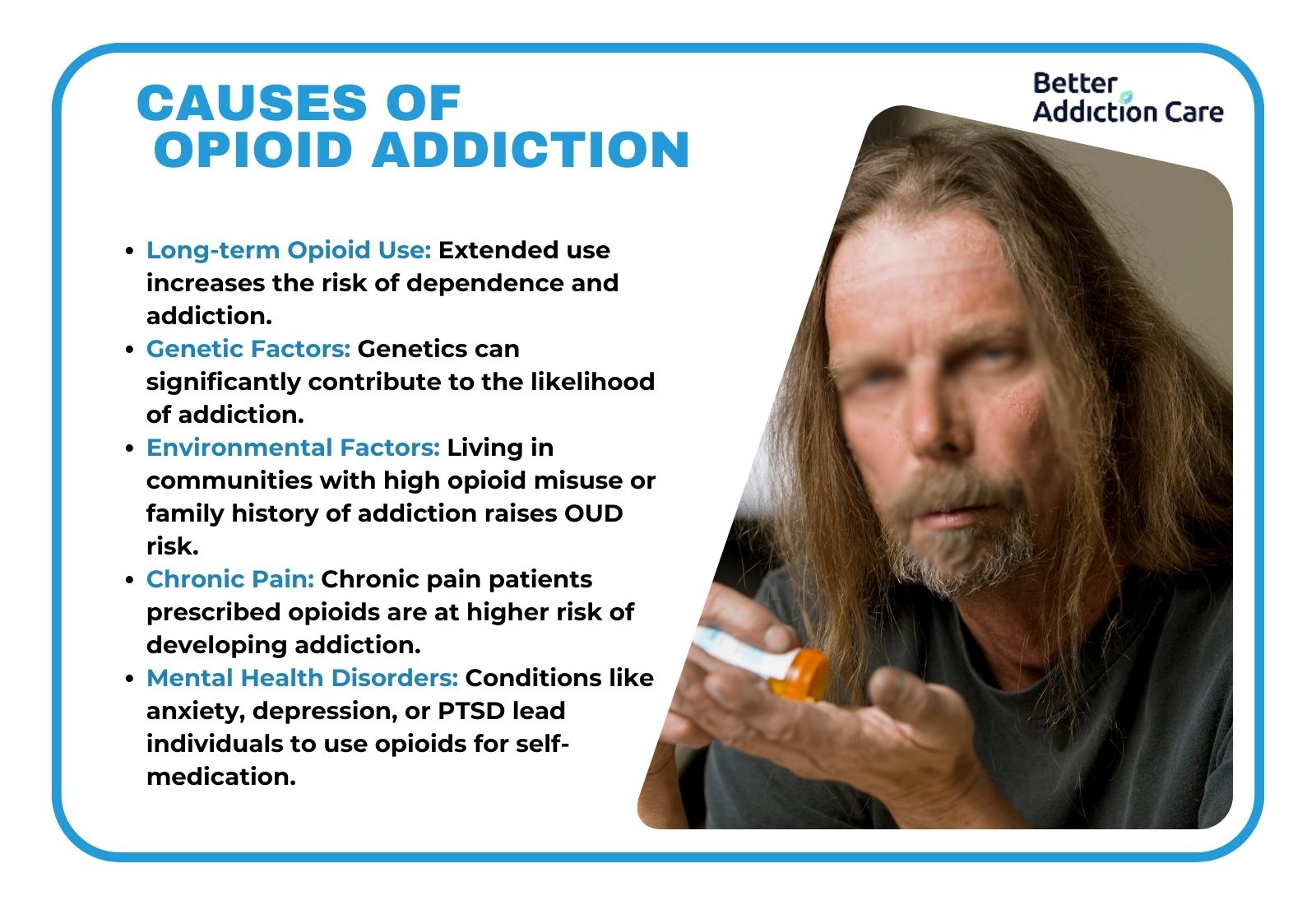
The causes of opioid use disorder include long-term opioid use, genetic factors, environmental factors, chronic pain, and mental health disorders.
These causes of opioid addiction are listed below.
-
Long-term Opioid Use: Long-term use of prescribed or illicit opioids leads to physical dependence and eventually addiction. Individuals prescribed opioids for more than 30 days had a 30% higher chance of developing dependence, according to a study published in the New England Journal of Medicine.
-
Genetic Factors: Genetic factors play a significant role in the development of opioid addiction, according to Richard C Crist, Benjamin C Reiner, and Wade H Berrettini in their research “A Review of Opioid Addiction Genetics.”
-
Environmental Factors: Exposure to environments where opioid misuse is common, such as communities with high opioid prescription rates or a family history of substance abuse increases the chances of OUD, according to research published in the National Library of Medicine.
-
Chronic Pain: Individuals with chronic pain conditions are often prescribed opioids, which leads to addiction as they seek relief. A study published by the National Institutes of Health found that about 64.4% of chronic pain patients on opioid therapy develop an addiction to the drug.
-
Mental Health Disorders: Individuals with pre-existing mental health disorders like anxiety, depression, or PTSD turn to opioids as a way to self-medicate, according to Tyler Marshall, Karin Olson, and Erik Youngson in their research “Preexisting mental health disorders and risk of opioid use disorder in young people: A case-control study.”
What are the Side Effects of Opioid Use Disorder?
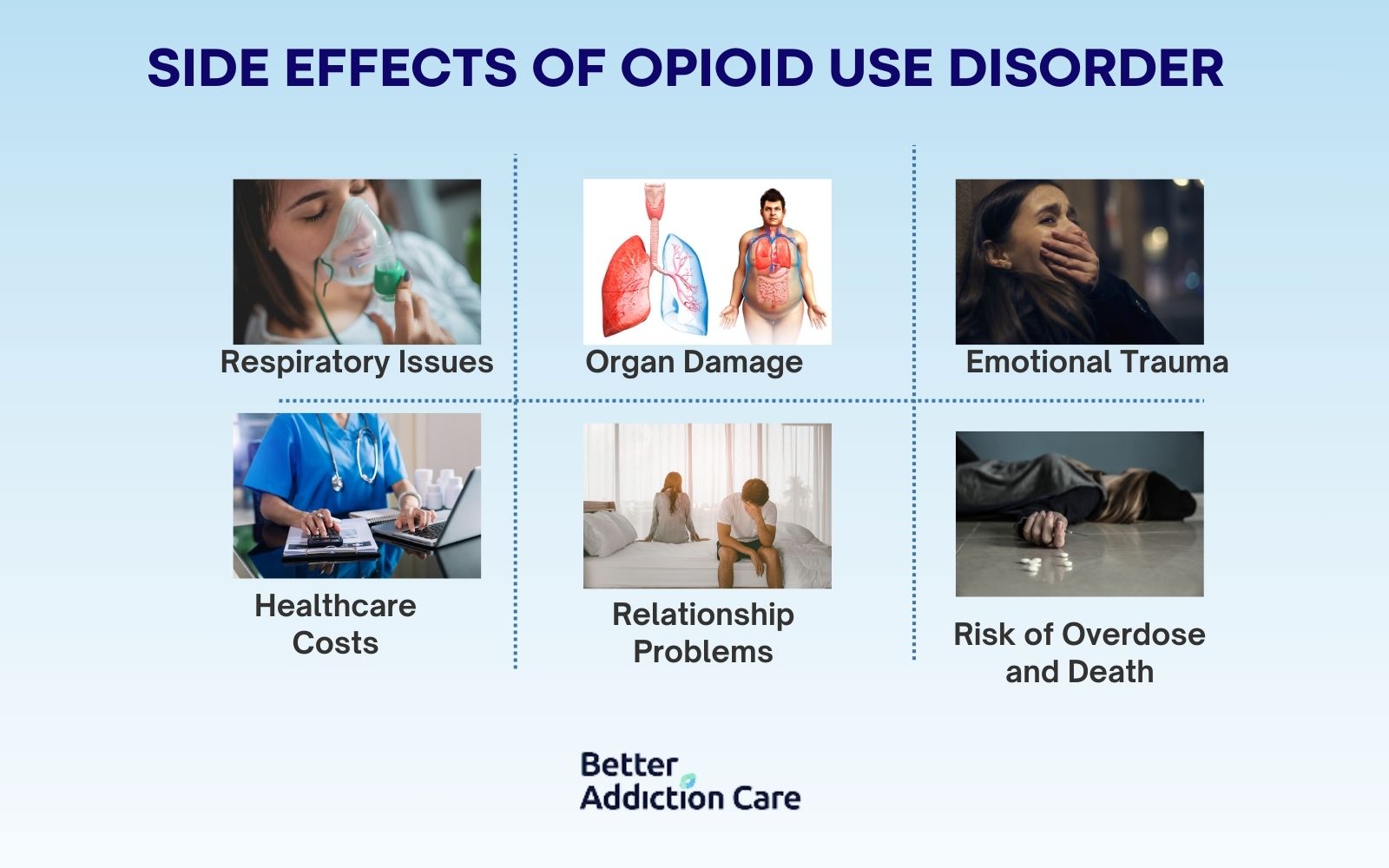
The side effects of opioid use disorder include respiratory issues, organ damage, emotional trauma, healthcare costs, relationship problems, and the risk of overdose and death.
These side effects are explained below.
-
Respiratory Issues: Opioids severely affect the central nervous system, which slows down breathing to dangerous levels, leading to respiratory failure, according to the study “Undetected Respiratory Depression in People with Opioid Use Disorder.” OUD even leads to permanent respiratory damage in severe cases.
-
Organ Damage: Long-term opioid misuse causes damage to essential organs like the liver and kidneys, according to the study “Liver and kidney toxicity in chronic use of opioids: An experimental long-term treatment model.” The toxins from opioids when taken in high doses put extra strain on these organs.
-
Emotional Trauma: Opioid use disorder leads to emotional trauma and related problems, including anxiety, depression, and feelings of isolation. The burden and guilt of addiction impact a person’s mental health.
-
Healthcare Costs: Opioid use disorder results in high healthcare costs for individuals and the healthcare system due to frequent hospitalizations and treatment for overdoses.
-
Relationship Problems: Substance addiction, including OUD, leads to relationship problems with family and friends, according to the study “Changes in Social, Romantic, and General Life Satisfaction Over the Course of a Substance Use Disorder” by Vanya Vojvodic and Nina C. Christie.
-
Risk of Overdose and Death: The most serious side effect of OUD is the risk of overdose, which results in coma or death, according to research published by the National Institutes of Health. In 2022, more than 80,000 opioid overdose deaths were reported in the U.S., highlighting the severity of this risk (SHADAC - State Health Access and Data Assistance Center).
How is Opioid Use Disorder Diagnosed?
Opioid use disorder (OUD) is diagnosed based on criteria given in the Diagnostic and Statistical Manual of Mental Disorders (DSM-5). Medical professionals look for at least two of the 11 symptoms over a 12-month period, such as consuming the drug in larger amounts, unsuccessful efforts to cut down, strong cravings, failure to fulfill obligations, withdrawal symptoms, and continued use despite negative effects.
Healthcare professionals conduct clinical assessments, such as detailed interviews, questionnaires, and self-reported behaviors to understand the severity of dependence. Additionally, healthcare providers use physical exams and toxicology tests to detect opioid misuse. The DSM-5 differentiates between mild, moderate, and severe OUD, depending on the number of symptoms present.
What are the Treatment Options for Opioid Use Disorder?
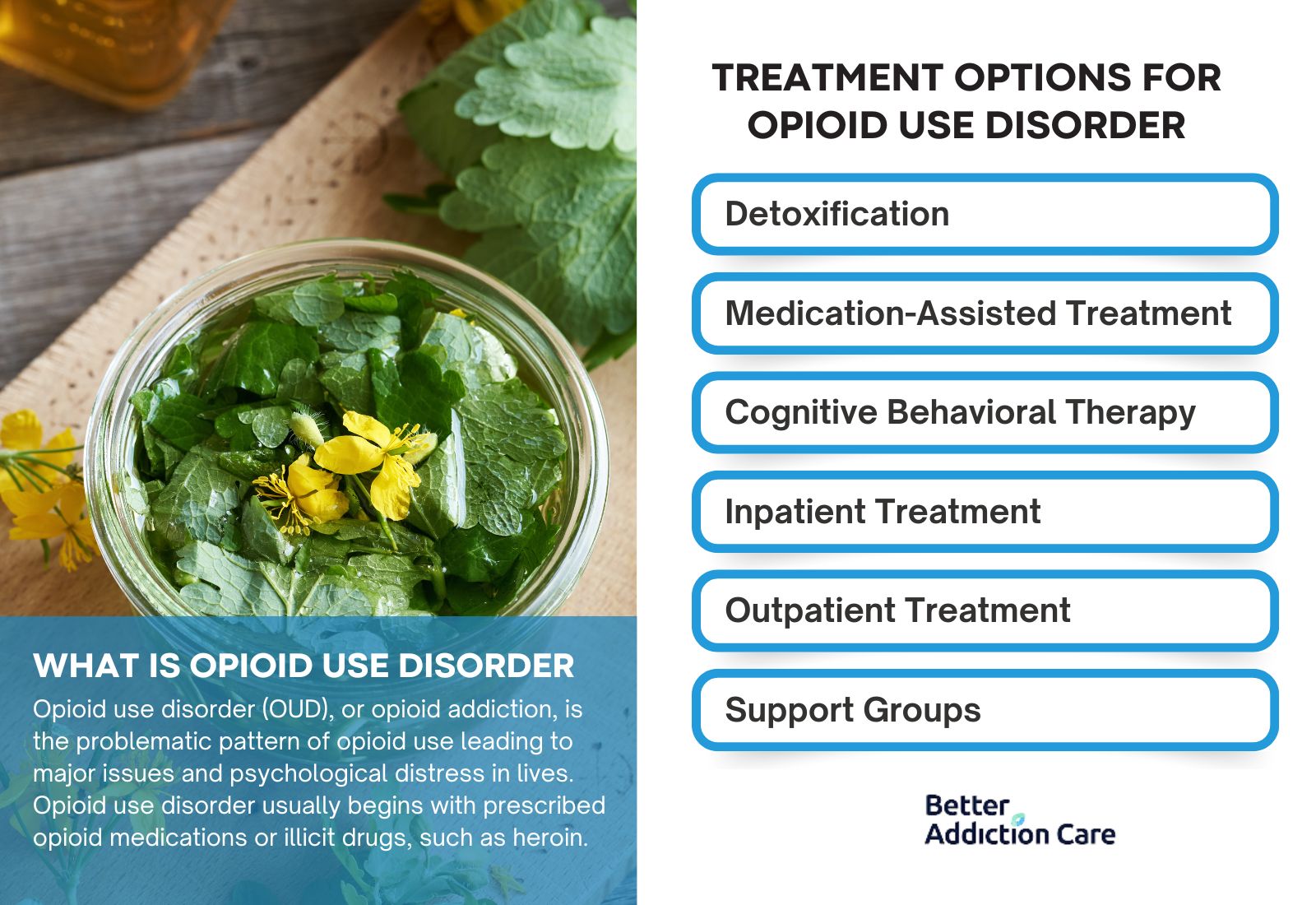
The treatment options for opioid use disorder include detoxification, medication-assisted treatment (MAT), cognitive behavioral therapy (CBT), inpatient treatment, outpatient treatment, and support groups.
These opioid use treatment options are explained below.
-
Detoxification: Detoxification is the medical process of safely withdrawing an individual from opioids and managing withdrawal symptoms to prepare them for further treatment. Drug detox is a necessary process for physical stability, according to research published by Harvard Medical School. However, it does not address the psychological parts of the addiction.
-
Medication-Assisted Treatment (MAT): Medication-assisted treatment (MAT) combines medications like methadone, buprenorphine, or naltrexone with counseling to reduce cravings and withdrawal symptoms. The MAT approach has been shown to significantly improve treatment outcomes, according to the National Library of Medicine. However, recovery takes several months to years.
-
Cognitive Behavioral Therapy (CBT): CBT helps individuals identify and change negative thought patterns related to substance use. CBT has always shown better and positive outcomes in treating OUD, according to the study “Cognitive Behavioral Therapy Improves Treatment Outcomes for Prescription Opioid Users in Primary-Care Based Buprenorphine Treatment.” However, CBT requires several months of regular sessions and is not sufficient as a solo treatment for severe cases.
-
Inpatient Treatment: Inpatient treatment provides 24/7 care in a hospital or rehab center to offer intensive therapy and medical support. These programs typically last from 30 to 90 days and are beneficial for individuals with severe OUD or those who have relapsed in previous treatments. However, they are costly and require time away from daily life.
-
Outpatient Treatment: Outpatient treatment programs allow individuals to receive treatment while continuing their daily activities. They include therapy, MAT, or both. Recovery timelines are flexible, ranging from weeks to months. However, it lacks the intensity required for some people with severe addiction.
-
Support Groups: Support groups offer a sense of community, friendship, and accountability for individuals with OUD in recovery. These groups are usually free and last for as long as you want, depending on individual progress. While support groups are valuable for ongoing recovery, they do not provide the medical care needed for detoxification or psychological issues.
How to Prevent Opioid Use Disorder?
To prevent opioid use disorder, healthcare providers should try to use non-opioid alternatives for pain relief whenever possible and prescribe opioids only when necessary. Patients should understand the risks of addiction, so clear communication is key.
Public awareness campaigns are essential to educate people about the dangers of opioid misuse and the importance of safe storage and disposal of medications. Schools and community groups host informative sessions to discuss how to recognize signs of addiction and share available resources for help.
How Does Opioid Use Disorder Relate to Substance Addiction?
Opioid use disorders relate to substance addictions because they fall under the same category. OUD is a specific type of substance addiction that involves a troubling pattern of using opioids, which can lead to serious issues in a person’s life. It falls under the broader category of substance use disorders, which includes various types of addictions like alcohol and stimulants. Both OUD and substance addiction involve cravings, compulsive use, and negative impacts on personal and social life.
Are Opioid use disorder and drug addiction characterized by compulsive drug-seeking behavior?
Yes, both opioid use disorder and drug addiction are characterized by compulsive drug-seeking behavior. individuals with opioid use disorder and drug addiction continue to seek and use drugs despite negative impacts on their health, relationships, and responsibilities. Opioids mess with the brain chemistry and lead to intense cravings and a loss of control over use. Drug addiction attacks the brain’s reward system through frequent exposure and makes it harder for the person to experience pleasure from everyday activities. Is Detoxification Necessary For Opioid And Alcohol Dependence? Yes, detoxification is necessary for both opioid and alcohol dependence. Stopping either of them suddenly causes intense and sometimes dangerous symptoms. Detoxification is particularly important in cases of an alcohol use disorder where withdrawal can be life-threatening.
What Are The Best Ways To Find Local Drug Rehab Centers For Opioid Use Disorder Treatment?
The best ways to find local drug rehab centers for opioid use disorder treatment include asking your primary care physician for recommendations, using SAMHSA’s official treatment locator, and checking with your insurance provider for covered facilities. Addiction helplines and online directories provide immediate support and connect you with specialized treatment programs. Community health centers and hospitals also offer resources for locating opioid addiction services.
Better Addiction Care provides a comprehensive treatment locator tool for local drug rehab facilities that focus on opioid use disorder and other substance dependencies in various states, including rehabs in Texas, Florida, California, New York, and Illinois. Since opioid addiction requires targeted medication-assisted therapies, our team helps identify programs that meet your needs. Contact Better Addiction Care at (888) 349-0436 for expert assistance in finding local treatment options.
Related Articles
Treatment Centers in Virginia



